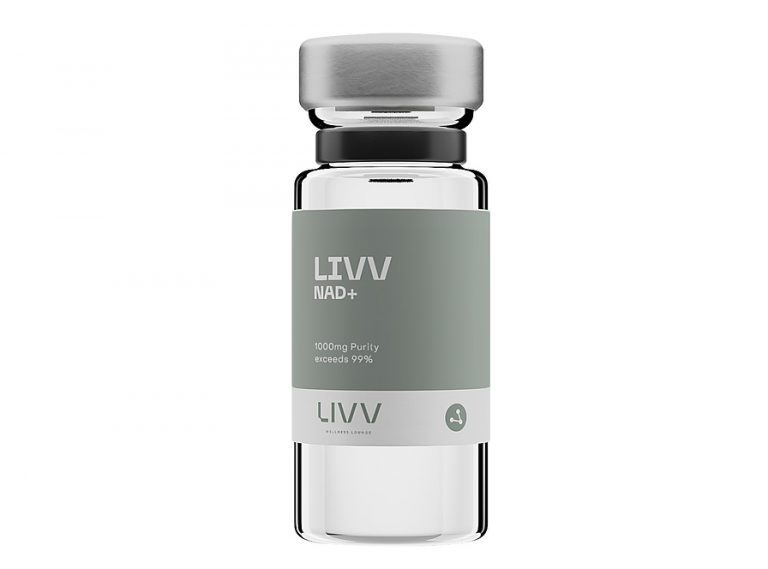Navigating Peptides: Do’s and Don’ts for Mixing

Peptide therapy for skincare
What to not mix peptides with
Ingredients that compliment peptides
Tips for best results
Unlocking peptide potential
One way to ensure effective skincare is by knowing what not to mix with peptides. The ingredient is popular in a variety of beauty items and offers several benefits.
Certain chemicals complement these molecules. There are some that you shouldn’t combine with them.
Are you curious to find out what these are? Dive in and discover which ingredients to avoid when using peptides.
Peptide therapy for skincare
Before we get into what not to mix peptides with, we need to define them. They’re fragments of proteins, made up of amino acids. The formation of these acids determines the specific peptides produced.
One of the major anti-aging advantages peptide therapy offers is stimulating collagen production. Popular ways to apply the amino acid blend to the skin are through products like:
- Face wash
- Beauty serum
- Moisturizer
These molecules are ideal for most skin types. There are a wide variety of peptides, and each of them plays a different role. Some are helpful for reducing the appearance of wrinkles. Others improve plumpness and structure.
What not to mix peptides with
As beneficial as these molecules are, certain ingredients can reduce their efficacious properties. In some cases blending incompatible substances may even cause skin irritation.
Let’s take a closer look at what not to mix with peptides.
Salicylic acid
Many cosmetics contain salicylic acid. It’s a beta-hydroxy acid extracted from willow tree bark. You may often find the ingredient in products aimed at combating acne.
It’s available in over the counter and prescription options. It helps clear clogged pores by dissolving dead skin cells. People also use it for acne scars, age spots, and melasma.
Be sure to avoid mixing these products with peptides as hydrolysis could occur. The result is that the bonds break and the molecules become individual amino acids again. It reduces the efficacy of the peptides.
Glycolic acid
When mentioning what not to mix peptides with, Glycolic acid is among the top ingredients on the list. It’s an odorless, colorless, chemical exfoliant. The substance belongs to a group referred to as alpha hydroxy acids (AHAs).
Malic acid, citric acid, and lactic acid also form part of this group. Glycolic acid has a smaller molecular structure than others in the group. It can penetrate deep into the skin.
This substance also assists with clearing pores by dissolving dead skin cells. It’s great for exfoliation, increasing hydration, and reducing visible signs of aging.
Glycolic acid and other AHAs don’t mix well with peptides. Blending them can disrupt your skin’s pH balance.
Essential oils
There are a variety of essential oils that have benefits for the skin. These include:
- Tea tree oil
- Lavender oil
- Ylang ylang oil
- Neroli oil
- Rosemary oil
- Carrot seed oil
Each of these options has different properties, rendering them useful in various ways. Despite being natural, they may react negatively with peptides and cause skin irritation.
Benzoyl peroxide
Benzoyl peroxide is among the ingredients on the list of what not to mix with peptides. It’s a bactericidal substance that has skincare uses.
It’s a common ingredient in gels, face wash, creams, and other cosmetics. Many individuals apply it as a topical treatment for acne. The products assist by killing and reducing the bacteria on the skin.
Avoid blending benzoyl peroxide with peptides as it may cause skin irritation.
Ingredients that compliment peptides
Are there any substances that mix well with peptides? Several ingredients complement these molecules, like:
Vitamin C
The ingredients are compatible. Some beauticians, however, put vitamin C on the list of what not to mix with peptides. The latter assists with constructing and healthy cellular structures and protecting the skin. The former helps defend these and boosts your skin’s radiance.
The combination is best suited to normal skin types as it may cause irritation for dry skin. A safe way to benefit from both products is by using them at different times of the day.
Hyaluronic acid
There are multiple advantages of hyaluronic acid. These include:
- Anti-aging properties
- Providing moisture
- Increasing skin elasticity
- Treating eczema
- Healing wounds.
The substance plays a role in keeping the skin hydrated and deeply penetrates the skin. It works well with peptides in beauty treatments.
Retinol
There’s some debate among beauty enthusiasts about retinol. Many believe that it blends well with peptides. Some disagree and place it on the list of what not to mix peptides with.
Retinol is a fat-soluble vitamin. It’s also called vitamin A¹. It has several properties that boost skin health. These include:
- Unclogging pores
- Proliferation
- Increasing collagen production
This ingredient works well with peptides. They’re both powerful. While retinol may cause dryness, peptides soothe this effect.
There is some overlap in what they do for the skin. However, there are advantages to combining the two. Some people use a peptide topical in the morning, and a retinol one in the evening to get the best from them.
Niacinamide
The water-soluble niacinamide is also known as nicotinamide and vitamin B3. It serves various purposes for skin care. Among these are:
- Reducing the size of enlarged pores
- Retaining moisture
- Helping with uneven skin tone and pigmentation
The ingredient is versatile and blends well with most beauty products including peptides.
Tips for best results
There are ways to take full advantage of peptide therapy. Aside from only mixing it with complementary ingredients, there are other tips.
Types of products
There are various peptide products available. Some are superior to others. Select options that stay on your skin rather than ones that wash off. Examples include serums, creams, and moisturizers.
Confirm the ingredients
Peptides often have long names and they differ from one product to the next. Scan the ingredients list to confirm that it contains these amino acid chains.
Identify them by looking for the word peptide within the name of a specific ingredient. Alternatively, scout for names that start with palmitoyl. The closer these are listed to the beginning of the list, the higher the concentration.
Stick to a routine
Like with most beauty products, consistency is key. You’re more likely to experience positive results with continued use of peptides. Incorporate it into your morning or evening skin care regimen.
Unlocking peptide potential
Peptides are excellent for keeping the body’s largest organ, the skin, healthy. Various complementary products help boost its benefits. However, certain beauty items shouldn’t be mixed with them.
Now that you know more about this ingredient, why not optimize your skin health? Book a consultation with LIVV Natural Health to get a personalized peptide solution.
Author: Dr. Jason Phan NMD – Founder of LIVV Natural – Anti-aging – regenerative medicine – peptide therapy


